 Tourism
Tourism
Ras Al Khor Wildlife Sanctuary: Dubai's Hidden Flamingo Paradise
In the heart of Dubai's bustling metropolis lies an extraordinary secret that has captivated over 90,000 visitors from more than 100 countries. The Ras Al Khor Wildlife Sanctuary stands as a testament to Dubai's commitment to conservation, offering an unparalleled glimpse into nature's resilience amidst urban development. This wetland jewel, spanning 6.2 square kilometers of protected wilderness, has become synonymous with Dubai's most enchanting natural spectacle - the annual migration of thousands of Greater Flamingos.
As I stepped into this khor wildlife sanctuary for the first time, the contrast was breathtaking. Highway traffic hummed in the distance while elegant flamingos filtered through crystal-clear lagoons, their pink plumage creating a living artwork against mangrove forests. This is not just another tourist attraction; it's a rare urban oasis where nature has found sanctuary in one of the world's fastest-growing cities.
The Remarkable Story Behind Ras Al Khor Wildlife Sanctuary
The story of Ras Al Khor Wildlife Sanctuary begins at the very foundation of Dubai itself. The name "Ras Al Khor" translates to "Head of the Creek" in Arabic, marking the historic endpoint of Dubai Creek before the construction of the Dubai Canal. This strategic location has served as a natural haven for centuries, silently replenishing fishing grounds for the three ancient settlements that evolved into modern Deira, Shindagha, and Bur Dubai.
During the construction boom of the 1970s and 1980s, Dubai's rapid development dramatically altered the landscape through extensive dredging operations. However, recognizing the ecological treasure they possessed, authorities took decisive conservation action. In 1985, the area was designated as a protected site, and extensive restoration began. Engineers constructed a network of new channels and planted thousands of mangrove saplings, breathing new life into the damaged ecosystem.
The sanctuary's international recognition came in 2007 when it became the first wetland in the UAE to receive Ramsar Convention status, joining an exclusive global network of wetlands of international importance. This recognition was followed by designation as a Globally Important Bird Area by BirdLife International, cementing its status as one of the world's most significant urban protected areas.
What Makes This Khor Wildlife Sanctuary Special
The khor wildlife sanctuary encompasses a remarkable variety of ecosystems within its protected boundaries. Mangrove forests create natural nurseries for marine life, while mudflats and salt flats provide essential feeding grounds for countless bird species. Lagoons and reed beds offer sheltered spaces for breeding and resting, creating a complex web of interconnected habitats.
The sanctuary's crown jewel is undoubtedly its flamingo population. During peak winter months, over 30,000 Greater Flamingos transform the landscape into a sea of pink, creating one of nature's most spectacular displays. These magnificent birds, traveling from as far as Kazakhstan, Turkey, and Iran, choose Dubai as their winter home, spending months feeding in the nutrient-rich waters.
Beyond flamingos, the sanctuary shelters an impressive array of wildlife. Grey herons stalk through shallow waters with prehistoric elegance, while great egrets display their pristine white plumage against emerald mangroves. Broad-billed sandpipers scurry along mudflats, and osprey patrol overhead, scanning for fish. During winter months, lucky visitors might spot great spotted eagles and other raptors soaring above the wetlands.
The sanctuary's marine life is equally impressive. Blue swimming crabs navigate the mangrove channels, while Mozambique tilapia and various native fish species maintain the aquatic ecosystem's balance. Small mammals, including desert hedgehogs, and reptiles like the colorful blue-headed agama lizard, complete this urban wilderness community.
Ras Al Khor Wildlife Sanctuary Timings and Visiting Information
Winter Season (October - March): 7:30 AM - 5:30 PM
Summer Season (April - September): 6:00 AM - 6:00 PM
Friday Hours: 2:00 PM - 5:30 PM (Winter) | 2:00 PM - 6:00 PM (Summer)
Understanding the ras al khor wildlife sanctuary timings is crucial for planning your visit. The sanctuary operates year-round with extended summer hours to accommodate the intense heat. Early morning visits offer the best wildlife viewing opportunities, as birds are most active during feeding times between 7:30 AM and 10:00 AM.
The sanctuary features three strategically located bird hides that serve as observation points. The Flamingo Hide, positioned on the western edge, offers the closest views of the flamingo roost and is accessible via Oud Metha Road. The Mangrove Hide on the southern edge provides excellent views of the mangrove ecosystem, while the Al Buhaira Lagoon Hide offers diverse wildlife viewing opportunities.
Each hide is equipped with high-quality binoculars for detailed bird observation. The structures are designed to minimize disturbance to wildlife while providing comfortable viewing conditions for visitors. However, note that these facilities are not air-conditioned, so dress appropriately for Dubai's climate.
Khor Wildlife Sanctuary Ticket Price and Access
One of the most delightful surprises about visiting this natural wonder is the khor wildlife sanctuary ticket price - absolutely free! Entry to all bird hides and facilities costs nothing, making this one of Dubai's premier free attractions. This accessibility aligns with Dubai Municipality's commitment to environmental education and conservation awareness.
While individual visitors enjoy free access, large tour groups must register in advance with Dubai Municipality. This reservation system helps manage visitor flow and ensures minimal disturbance to wildlife. All visitors must sign a logbook upon entry, contributing to valuable visitor data that supports ongoing conservation efforts.
Khor Wildlife Sanctuary Parking and Transportation
The khor wildlife sanctuary parking situation varies by location, with each bird hide offering different parking arrangements. The Flamingo Hide features a dedicated parking area accommodating approximately 20-25 vehicles, though spaces fill quickly during peak viewing times, particularly winter mornings.
For those relying on public transportation, the sanctuary is accessible via Dubai's public bus system. Routes 53 and 64 provide direct access, while Dubai Metro users can take the Green Line to Creek Station or the Red Line to ADCB Station, followed by a short taxi ride or bus connection.
The sanctuary's location at the intersection of E44 (Al Khail Road) and E66 (Dubai-Al Ain Road) makes it easily accessible from central Dubai. Most visitors arrive by taxi, which remains the most convenient option given the limited public transport connections directly to the sanctuary.
Ras Al Khor Wildlife Sanctuary Best Time to Visit
The ras al khor wildlife sanctuary best time to visit is unquestionably during the winter months from November through March. This period coincides with the annual migration of thousands of waterbirds fleeing harsh winters in Central Asia, Eastern Europe, and the Caucasus. The spectacle reaches its peak in December and January when flamingo populations can exceed 30,000 individuals.
Winter temperatures in Dubai range from comfortable 15°C in early morning to pleasant 25°C during midday, creating ideal conditions for extended wildlife observation. The cooler weather also encourages increased bird activity, with optimal viewing times occurring between 7:30 AM and 10:00 AM when birds are most active during feeding.
Summer visits, while still rewarding, offer different experiences. Resident species remain year-round, including grey herons, reef herons, and various fish-eating birds. The extended summer hours (6:00 AM - 6:00 PM) accommodate early morning and late afternoon visits when temperatures are more manageable.
For photographers and serious birdwatchers, timing visits around the 10:00 AM to 4:00 PM feeding window during winter provides the most dynamic wildlife behavior. Flamingos engage in elaborate feeding rituals, filtering microscopic algae and small crustaceans through their specialized beaks in coordinated group movements that create mesmerizing pink patterns across the lagoons.
A Journey Through the Wetland Ecosystems
Exploring the Ras Al Khor Wildlife Sanctuary reveals the intricate relationships that sustain this urban oasis. The mangrove forests, locally known as "gurm," serve as the sanctuary's ecological foundation. These salt-tolerant trees create carbon-rich environments that support complex food webs, providing nursery areas for crabs, fish, insects, shrimp, prawns, mollusks, and bristle worms.
The mudflats and intertidal zones function as nature's cafeterias, rich in microscopic life that attracts countless shorebirds. During low tide, these exposed areas become feeding grounds where sandpipers, plovers, and other waders probe the nutrient-rich sediments for marine worms and small crustaceans.
Salt flats, or sabkhas, represent one of the most extreme environments within the sanctuary. These crystalline landscapes support specialized plant communities adapted to high salinity levels, including the string-of-beads plant and bean caper. These hardy species provide seeds and shelter for resident wildlife while demonstrating nature's remarkable adaptability.
The lagoon systems create diverse aquatic habitats ranging from shallow feeding areas to deeper channels that accommodate larger waterbirds. Water circulation through these interconnected systems maintains optimal salinity levels and nutrient distribution, supporting the entire sanctuary ecosystem.
Conservation Efforts and Environmental Education
Dubai Municipality's Environmental Department oversees the sanctuary's management under Law No. 11 of 2003, implementing comprehensive conservation strategies that balance protection with public access. Continuous water quality monitoring ensures optimal conditions for wildlife, while waste management programs maintain the pristine environment essential for sensitive species.
The sanctuary serves as a living laboratory for environmental education, hosting programs for schools, universities, and research institutions. Educational materials available at each bird hide provide insights into migration patterns, ecosystem functions, and conservation challenges facing urban wildlife habitats.
Ongoing research projects monitor climate change impacts, urban development effects, and species population dynamics. This scientific data informs management decisions and contributes to international wetland conservation knowledge, particularly regarding urban protected areas in arid regions.
Recent initiatives include habitat restoration projects, invasive species management, and community engagement programs that involve local residents in conservation activities. These efforts ensure the sanctuary's long-term sustainability while strengthening Dubai's reputation as a leader in environmental stewardship.
Beyond Flamingos: The Sanctuary's Hidden Treasures
While flamingos capture most visitors' attention, the khor wildlife sanctuary harbors numerous other wildlife treasures worth discovering. The kingfisher's electric blue flash as it dives for fish creates magical moments, while the prehistoric-looking reef heron demonstrates remarkable fishing patience and precision.
Black-winged stilts wade through shallow waters on impossibly long legs, their elegant movements contrasting with the frantic energy of feeding sandpipers. Eurasian spoonbills sweep their distinctive spatulate bills through water in rhythmic patterns, while black-tailed godwits probe deep into mudflats with their specialized beaks.
Osprey, the sanctuary's most impressive raptors, nest on specially constructed platforms and demonstrate spectacular fishing techniques, plunging from considerable heights to snatch fish with razor-sharp talons. During winter months, great spotted eagles patrol the skies, adding drama to the wetland's aerial theater.
The sanctuary's reptile community includes the sand racer and horned viper, perfectly adapted to the harsh desert environment surrounding the wetlands. These species represent the sanctuary's connection to Dubai's broader desert ecosystem, demonstrating how coastal and terrestrial environments intersect.
Photography and Wildlife Observation Tips
Successful wildlife photography and observation at Ras Al Khor Wildlife Sanctuary requires patience and preparation. Early morning light provides optimal conditions for both photography and wildlife activity, with golden hour illumination creating stunning reflections on the water surfaces.
The provided binoculars offer excellent magnification, but bringing personal equipment allows for extended observation sessions. Telephoto lenses (300mm or longer) are essential for meaningful bird photography, while wide-angle lenses capture the sanctuary's dramatic landscape contexts with Dubai's skyline backdrop.
Clothing in neutral colors minimizes disturbance to wildlife, while comfortable shoes enable extended standing periods in the observation hides. Bringing water and sun protection is essential, particularly during warmer months when even early morning temperatures can be challenging.
Silence and minimal movement yield the best wildlife viewing results. Birds are extremely sensitive to sudden movements and loud noises, so patience and stillness often reward visitors with intimate behavioral observations impossible to experience elsewhere.
Connecting with Dubai's Natural Heritage
The Ras Al Khor Wildlife Sanctuary represents more than just a tourist attraction; it embodies Dubai's commitment to preserving natural heritage alongside rapid modernization. This balance between development and conservation offers valuable lessons for urban planning worldwide.
Visiting the sanctuary provides perspective on Dubai beyond its famous shopping malls, luxury hotels, and architectural marvels. Here, in the shadow of the Burj Khalifa and adjacent to the Dubai Mall, nature demonstrates its resilience and beauty, offering moments of tranquility impossible to find elsewhere in the urban environment.
The sanctuary's success story inspires similar conservation efforts throughout the UAE and broader region. Its designation as a Ramsar site and Important Bird Area recognition demonstrates how proper management can create wildlife havens even in the world's most developed urban areas.
Planning Your Perfect Visit
To maximize your Ras Al Khor Wildlife Sanctuary experience, plan for a minimum two-hour visit, allowing time to explore multiple bird hides and observe wildlife behavior patterns. Winter visits should prioritize early morning arrival to secure parking and optimize bird viewing opportunities.
Combining sanctuary visits with other nearby attractions creates comprehensive Dubai nature experiences. The sanctuary's proximity to Dubai Creek allows for heritage tours, while its location near Downtown Dubai enables cultural and shopping excursions on the same day.
For international visitors, the sanctuary provides welcome relief from intensive sightseeing schedules. The peaceful environment offers opportunities for reflection and connection with nature that complement Dubai's high-energy urban attractions.
The Future of Urban Wildlife Conservation
As Dubai continues expanding, the Ras Al Khor Wildlife Sanctuary serves as a model for sustainable urban development that prioritizes biodiversity conservation. Ongoing monitoring ensures that surrounding development projects minimize impacts on this critical ecosystem.
Climate change presents new challenges for the sanctuary's management, with rising temperatures and changing precipitation patterns potentially affecting migration timing and species composition. Research programs study these impacts while developing adaptive management strategies to maintain ecosystem health.
The sanctuary's educational role becomes increasingly important as urban populations grow and children have fewer opportunities to connect with nature. Programs targeting young people ensure future generations understand and value wildlife conservation, creating lasting support for environmental protection.
International collaboration through the Ramsar Convention and other partnerships shares knowledge and best practices for urban wetland management globally. The sanctuary's success provides hope and practical examples for cities worldwide seeking to balance development with conservation.
As you plan your visit to this remarkable khor wildlife sanctuary, remember that you're not just observing wildlife - you're experiencing one of the world's most successful urban conservation stories. The sanctuary stands as proof that with dedication, proper planning, and community support, even the busiest cities can provide havens where nature thrives.
Whether you're a dedicated birdwatcher, nature photographer, or simply seeking tranquility in Dubai's fast-paced environment, the Ras Al Khor Wildlife Sanctuary offers experiences that will remain with you long after you've returned home. In a city known for breaking records and defying expectations, perhaps the most remarkable achievement is this peaceful corner where flamingos dance against the skyline, proving that nature and progress can coexist in harmony.
Share Your Experience!
Have you visited the magical Ras Al Khor Wildlife Sanctuary? We'd love to hear about your flamingo encounters and wildlife discoveries! Share your photos and stories in the comments below, and help fellow nature lovers plan their perfect Dubai wildlife adventure. Which bird species captured your heart, and what surprised you most about this urban oasis?
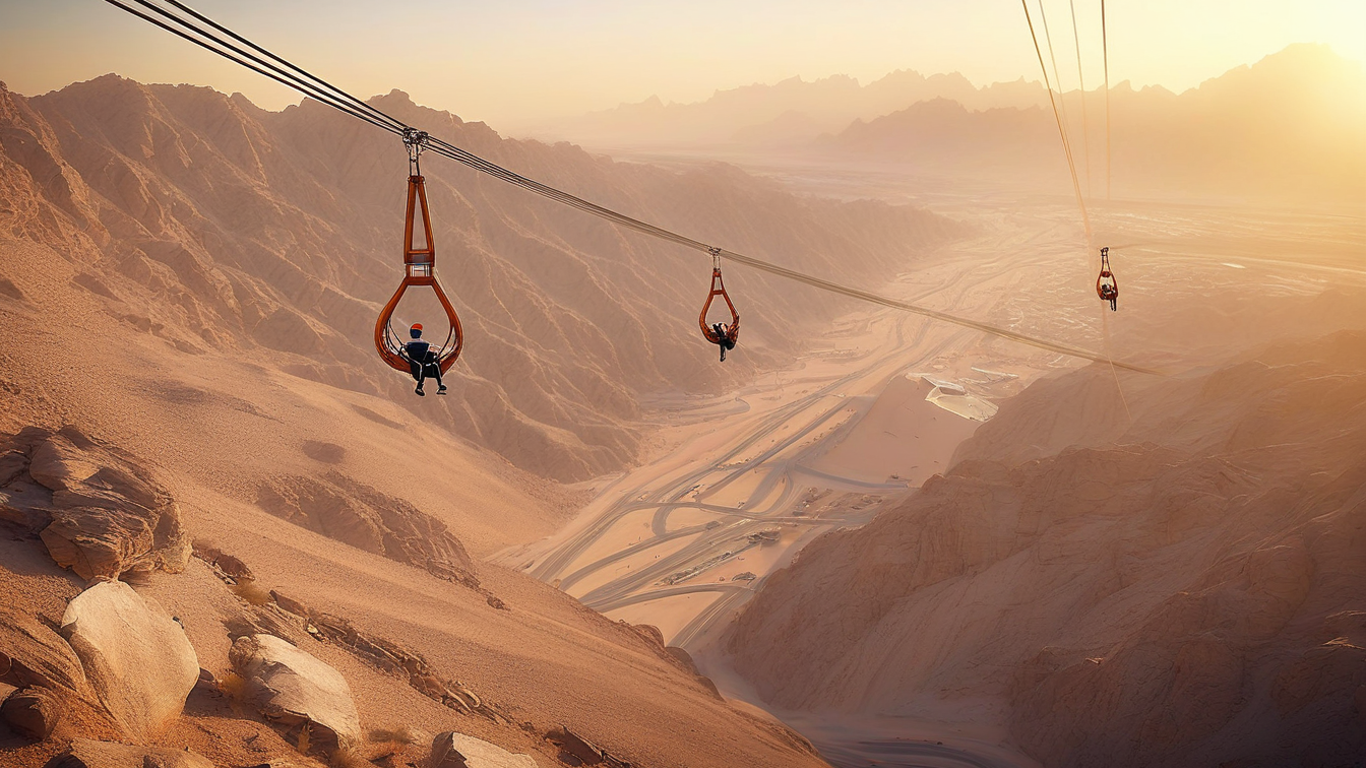
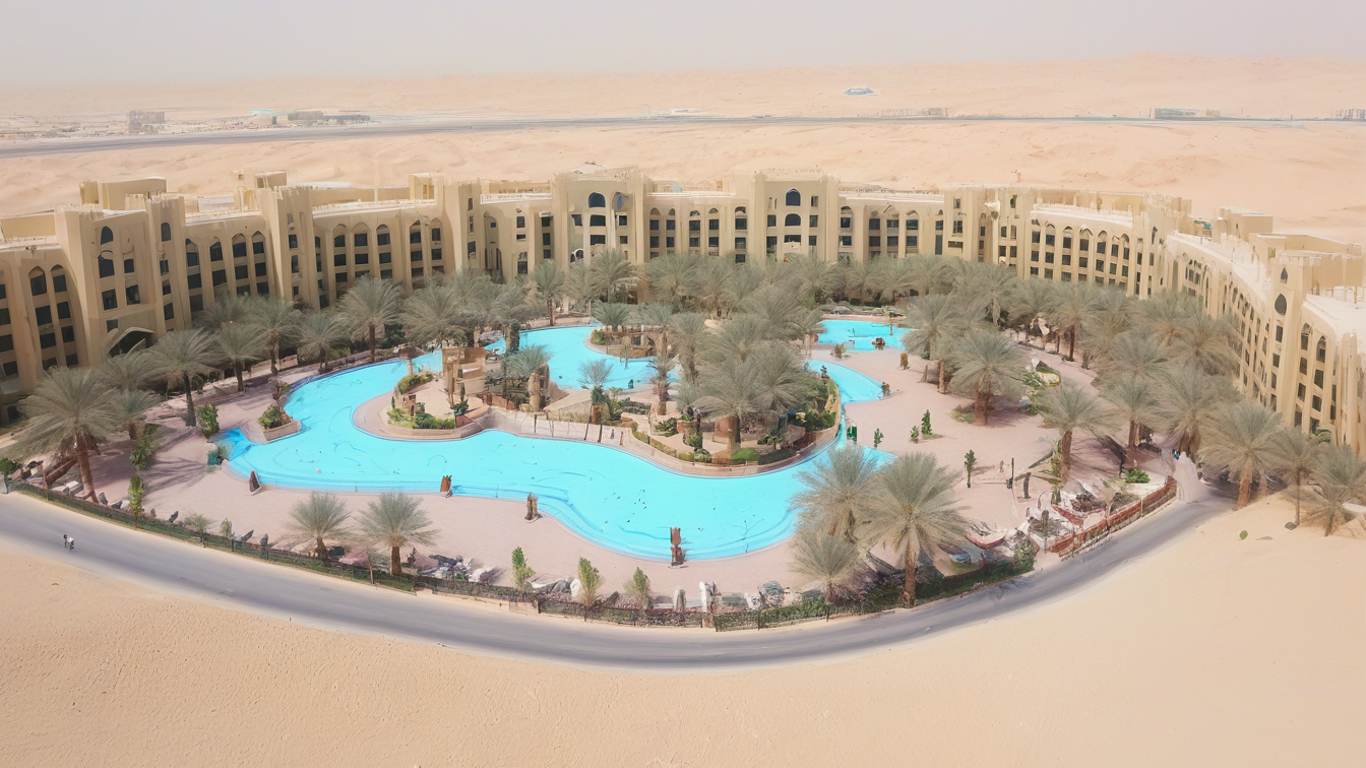
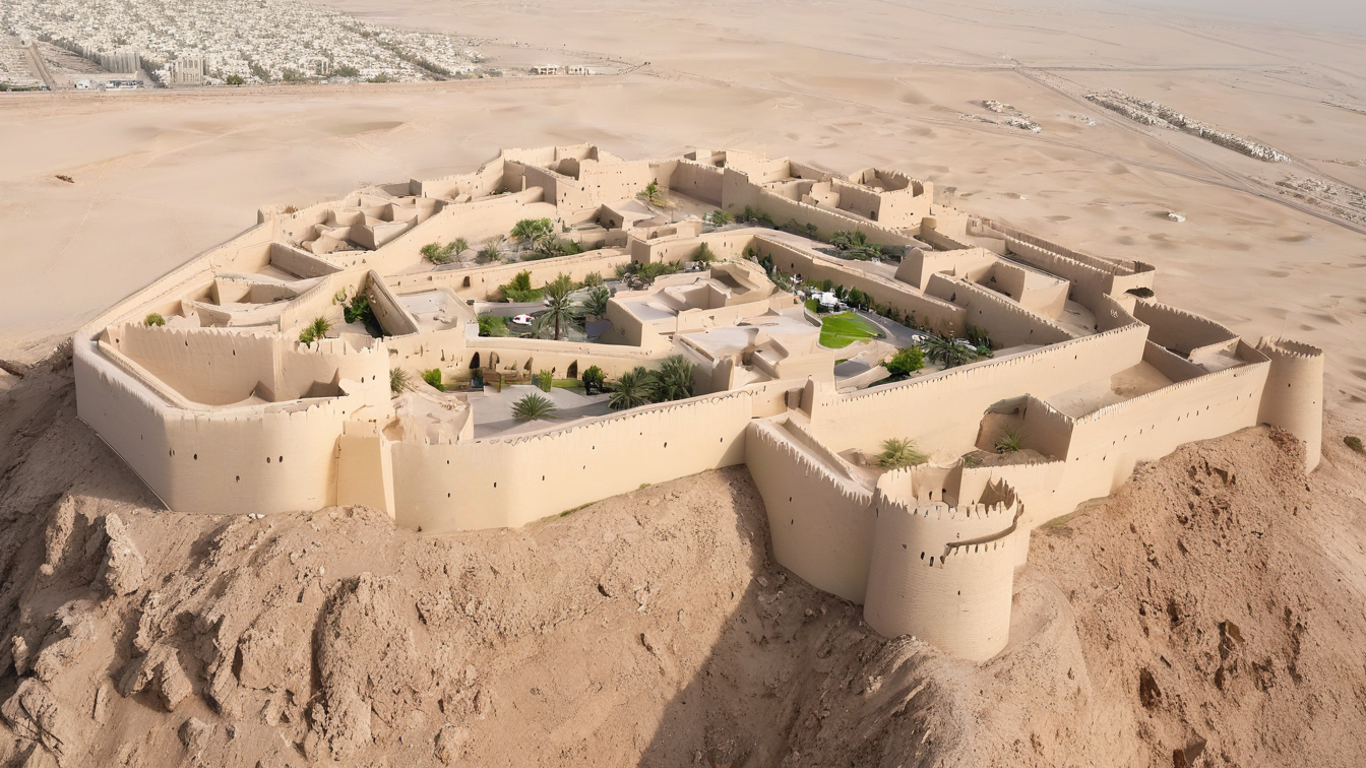
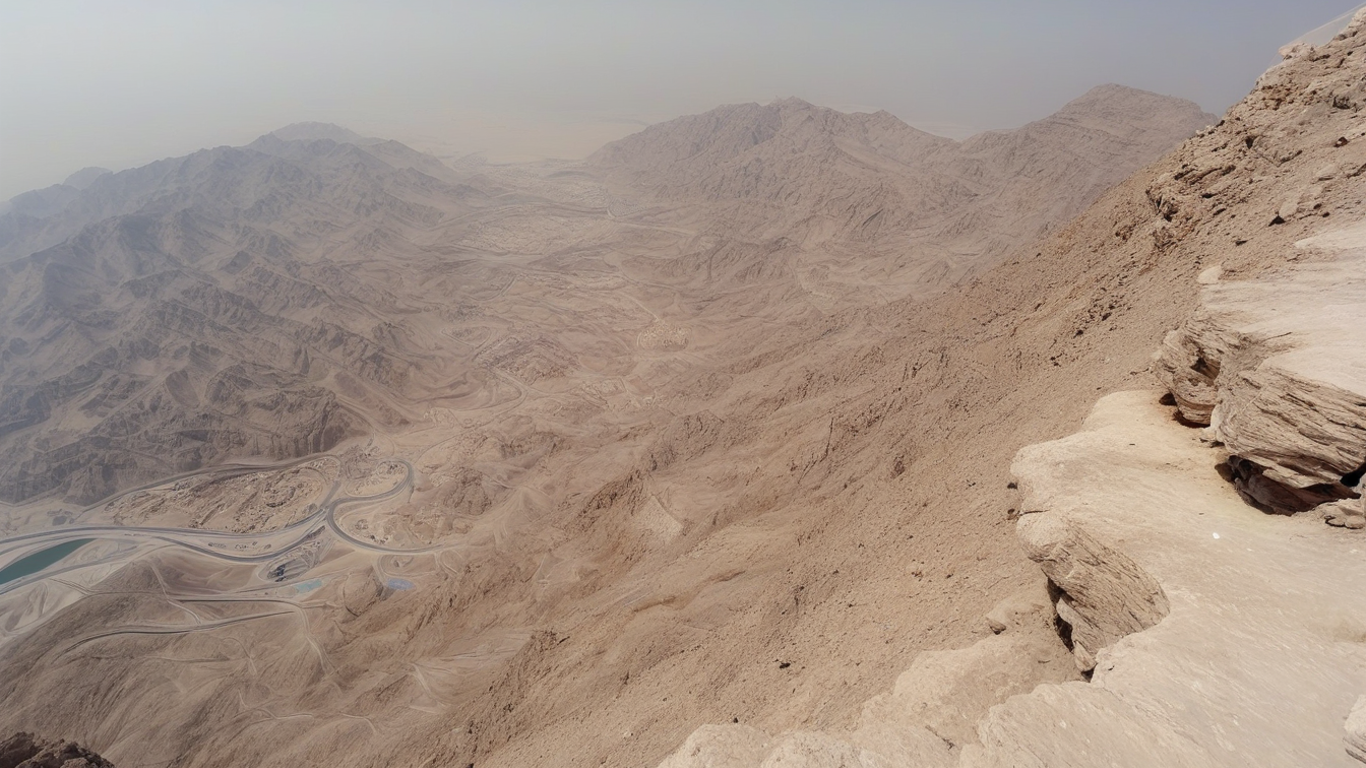
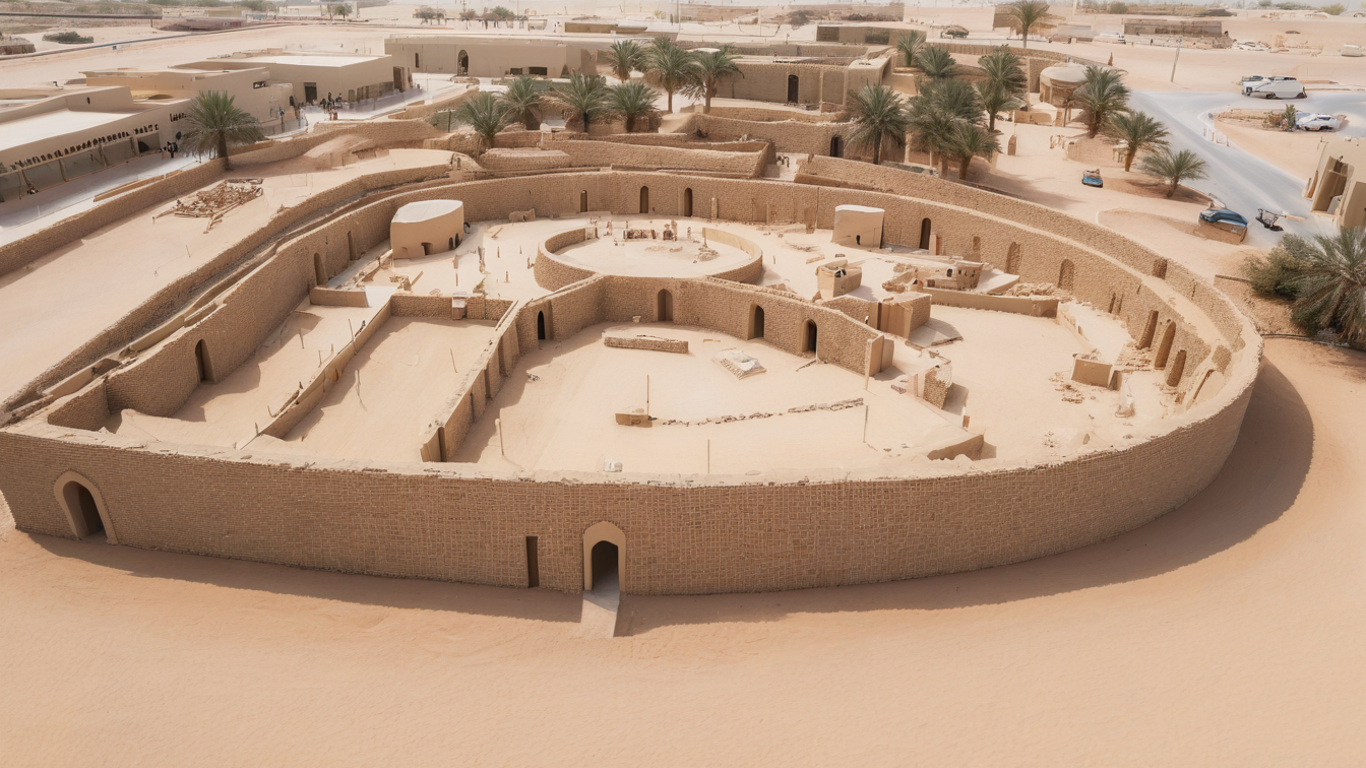
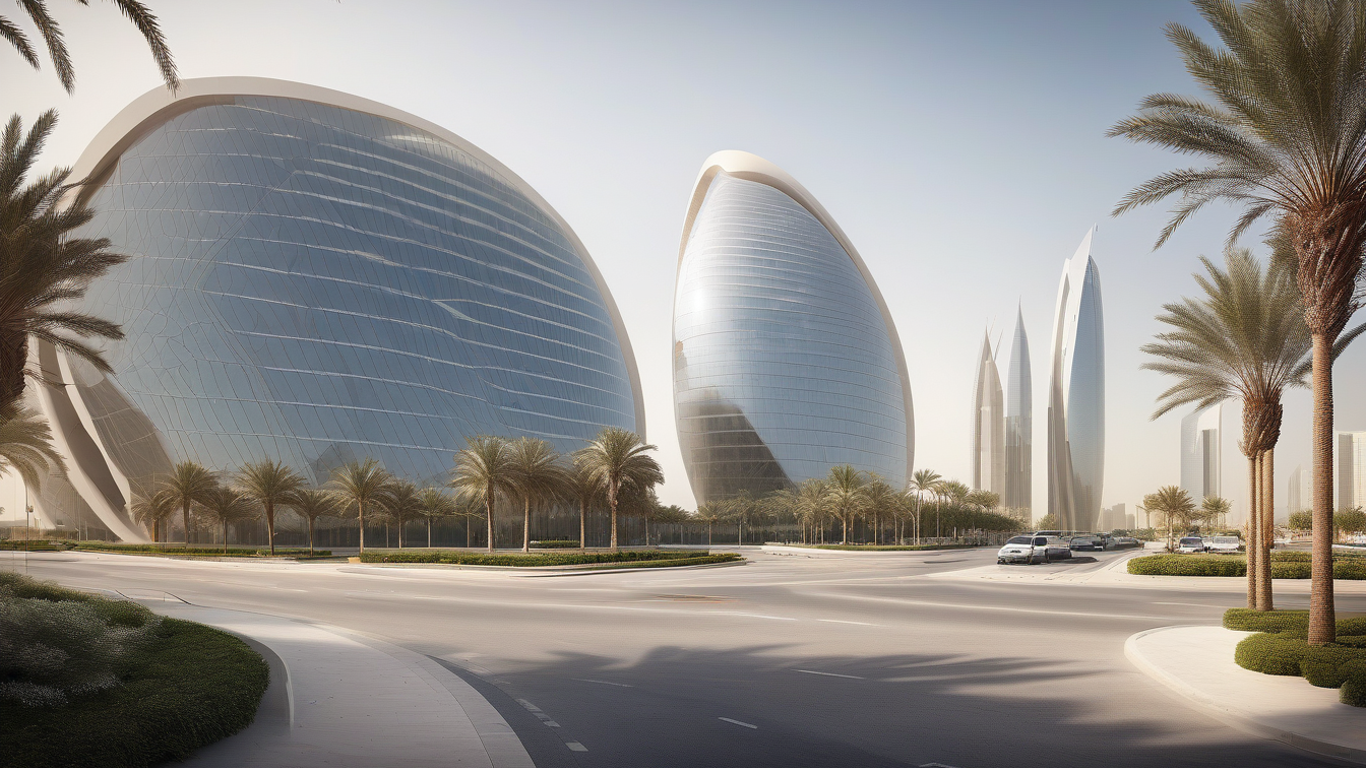
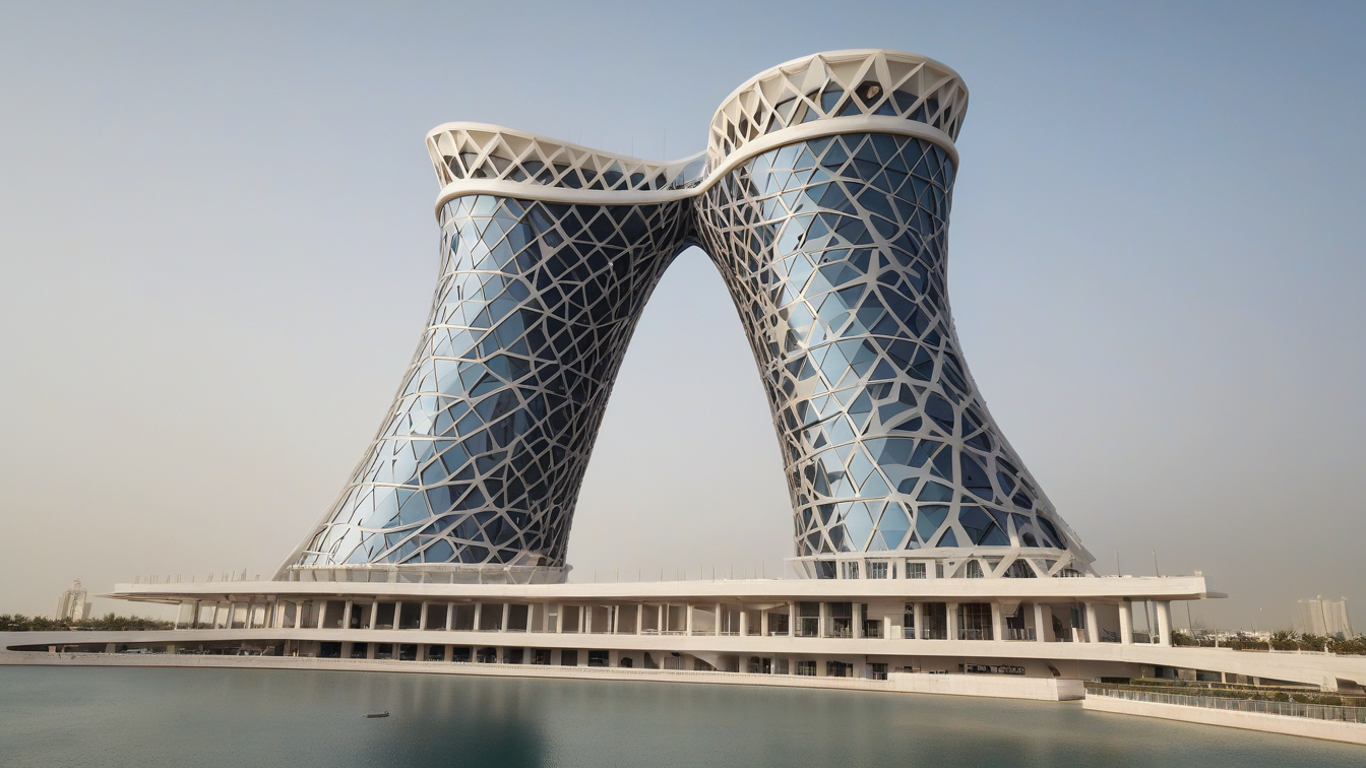
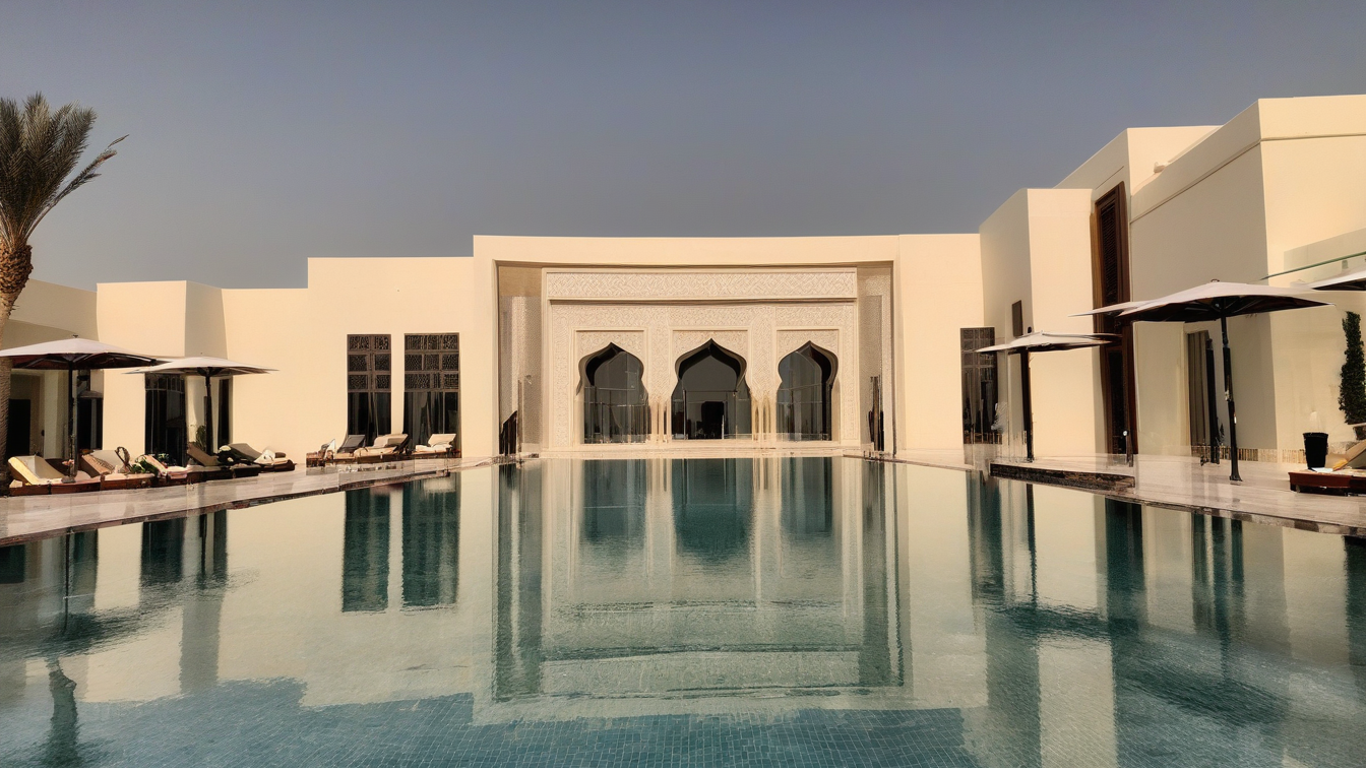
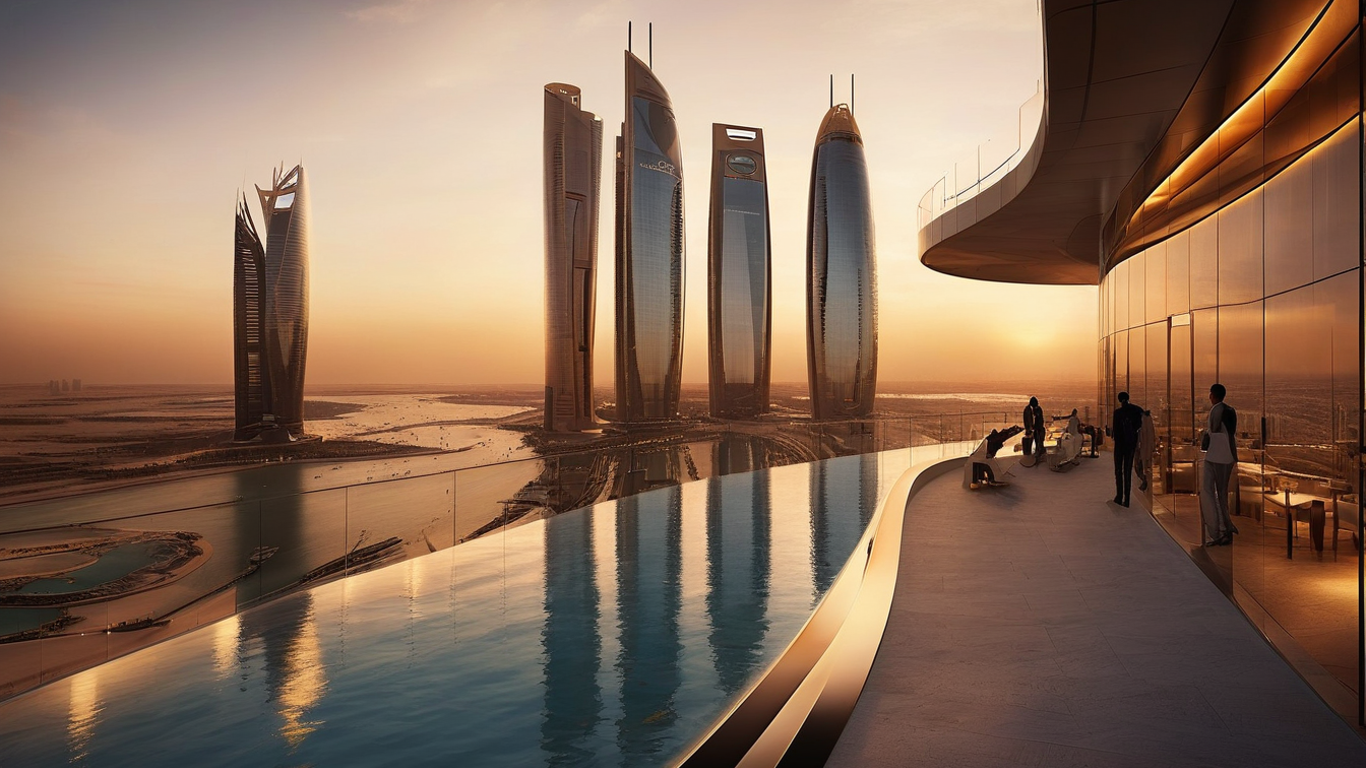
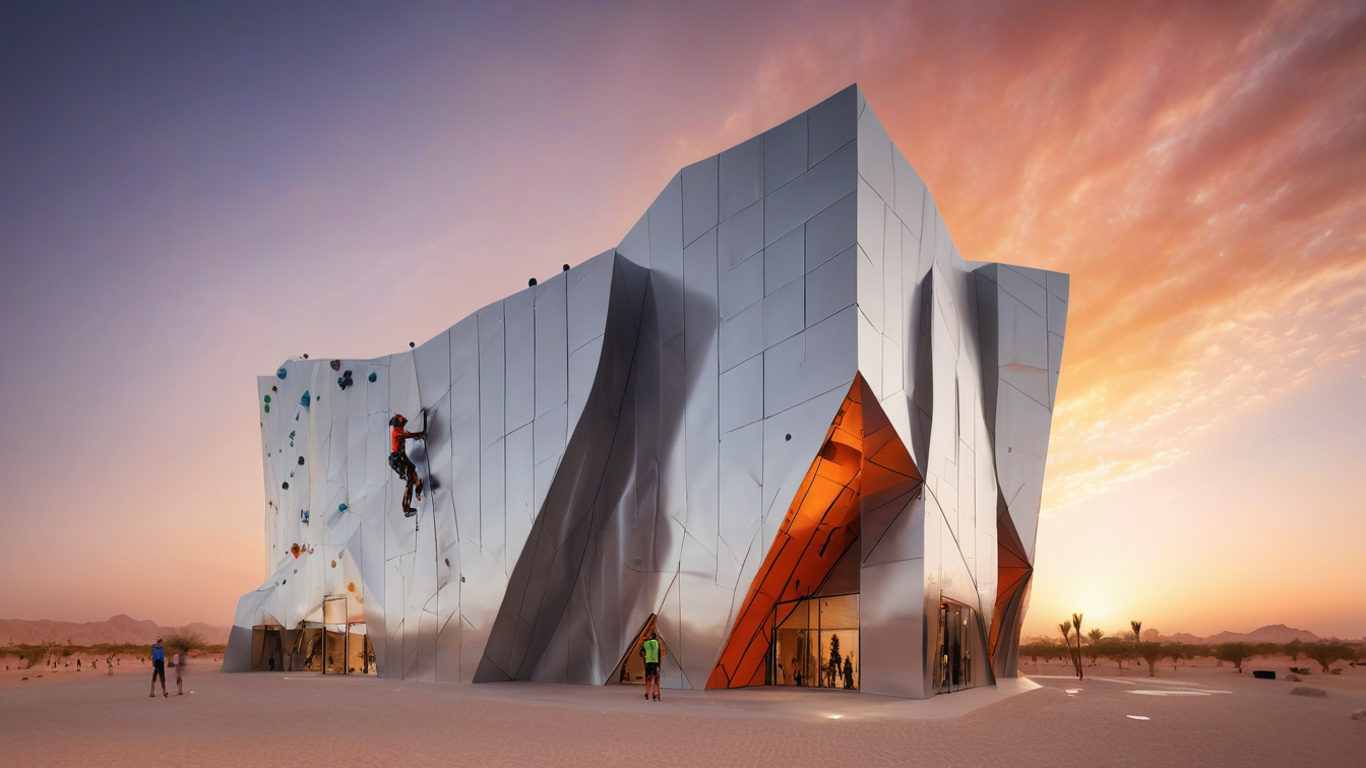
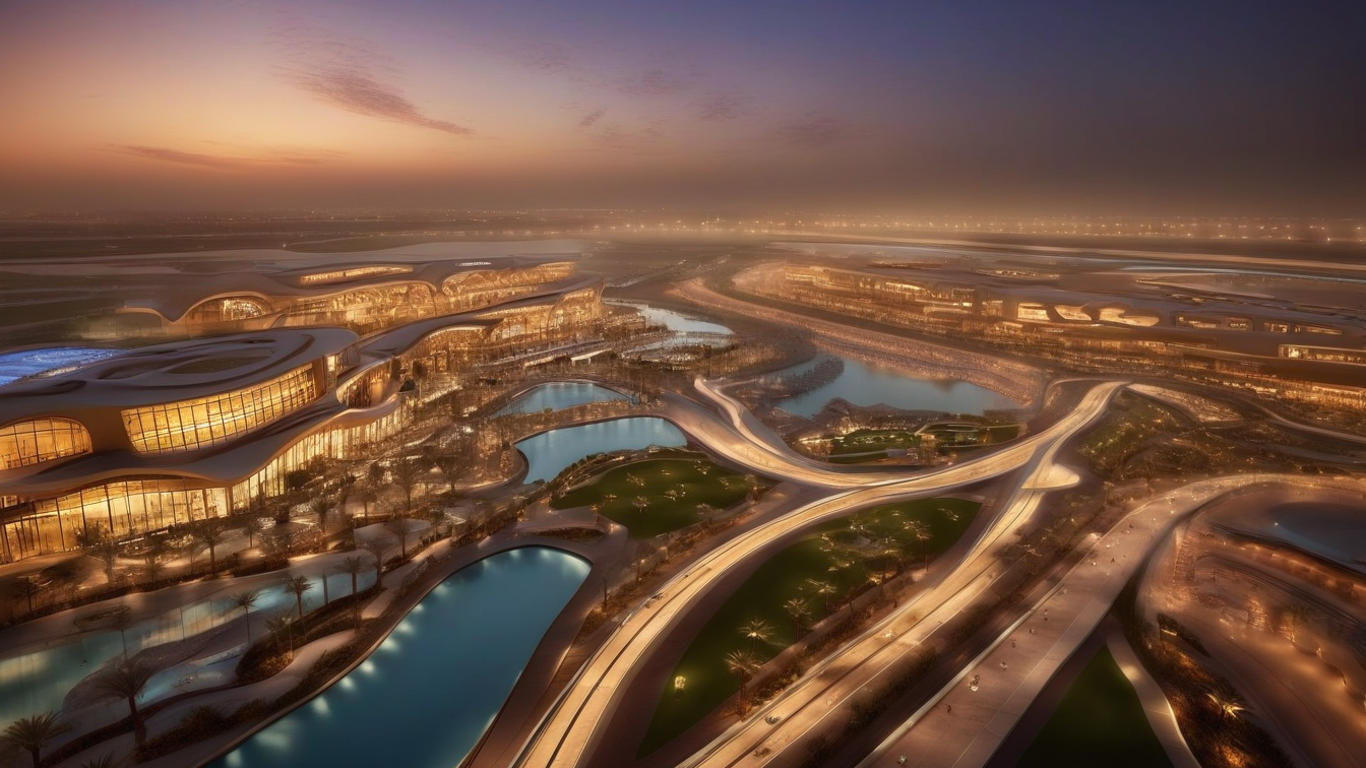
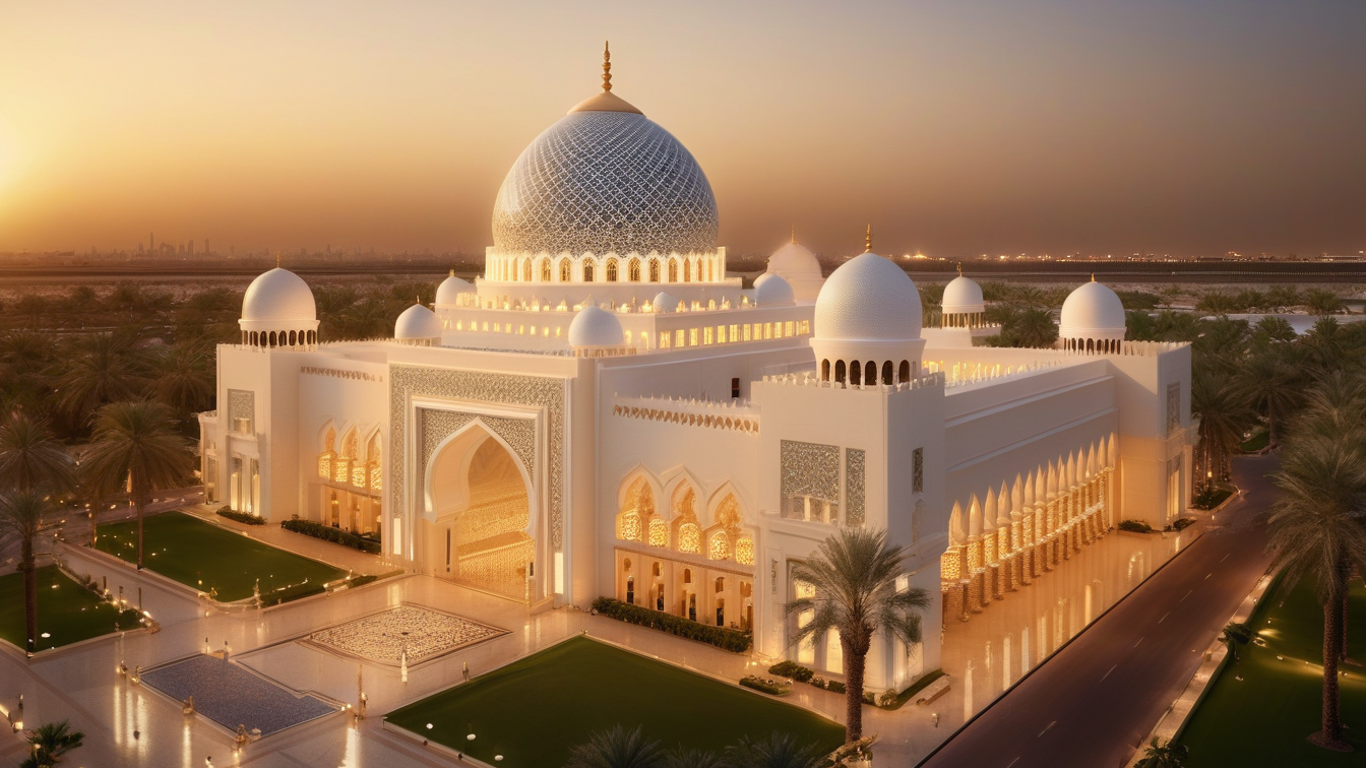

Comments (0)
{{ obj.comment_user_info.fullname }}
{{ obj.date_formatted }}{{ expandedComments[index] ? obj.comment : obj.comment.slice(0, 50) + (obj.comment.length > 50 ? '...' : '') }}
Add Comments
Login to comment